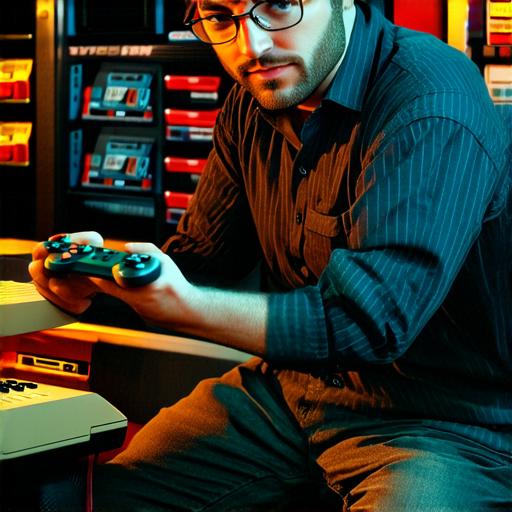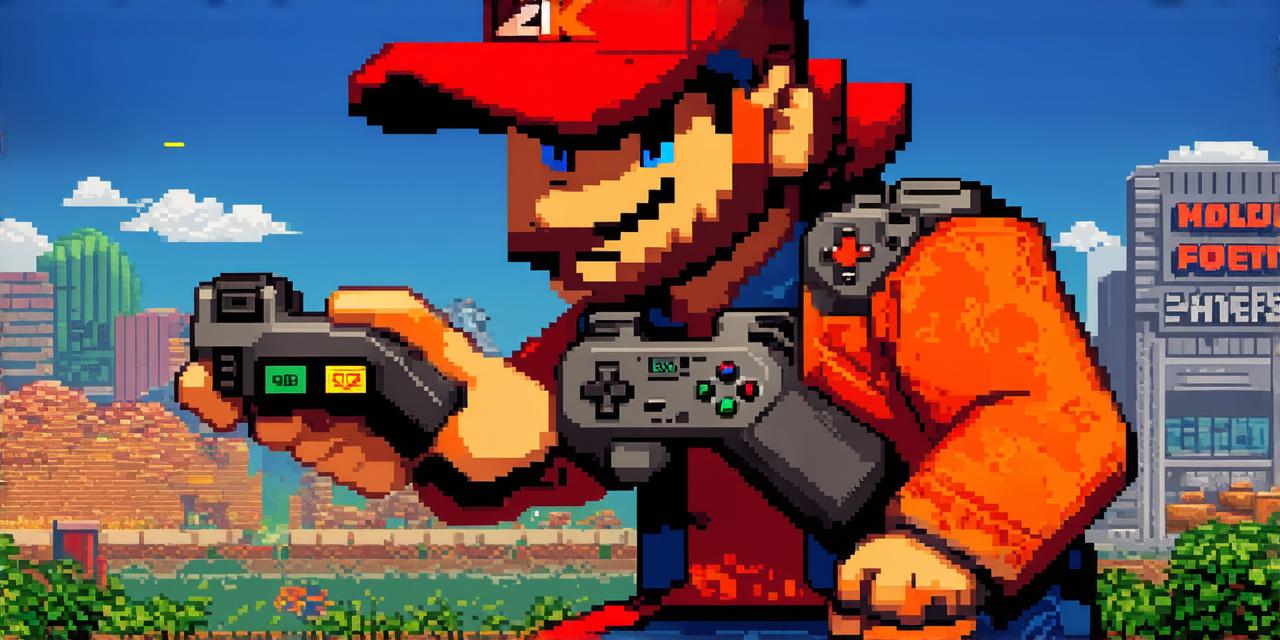As game developers, we spend countless hours creating immersive worlds and engaging gameplay experiences. But what happens when it’s time to move on to the next project? How do you remember all the details of your previous games, from character designs to level layouts, without losing track? In this article, we will explore some tips and tricks for remembering a video game, with a focus on strategies that can be particularly helpful for game developers.
The Importance of Memory in Game Development
Before we dive into specific strategies for remembering a game, let’s consider why memory is so important in game development. First and foremost, memory allows us to remember the details of our games, which can be crucial for making improvements or iterating on future projects. Additionally, having a clear understanding of previous projects can help game developers stay up-to-date with industry trends and best practices.
But beyond these practical reasons, memory is also closely linked to creativity and innovation in game development. By remembering the details of our past projects, we are able to draw on our experiences and use them to inform new ideas and approaches. This can lead to more creative and unique games that stand out from the crowd.
Tips for Remembering a Video Game
Now that we’ve established the importance of memory in game development, let’s explore some specific strategies for remembering a video game.
1. Use Visual Aids
One of the most effective ways to remember a game is through the use of visual aids. This can include sketches, concept art, or even screenshots from the game itself. By creating a visual representation of key elements, you can quickly and easily recall them later on, without needing to rely solely on your memory.
2. Break it Down into Parts
Another helpful strategy for remembering a video game is to break it down into smaller, more manageable parts. This could mean focusing on specific levels or areas of the game, or breaking down the game mechanics into their individual components. By doing this, you can focus your memory on smaller chunks of information, making it easier to recall later on.

3. Create a Memory Map
A memory map is a technique that involves creating a visual representation of key information from a game, such as character designs or level layouts. This can be particularly helpful for game developers, who need to remember a wide range of details. By mapping out this information, you can create a clear and organized structure that makes it easy to recall later on.
4. Practice Active Recall
Practicing active recall involves intentionally trying to remember key details from a game, rather than simply relying on your memory. This can be done through a variety of techniques, such as writing down key details or creating flashcards. By actively engaging with the information, you are more likely to remember it in the long-term.
5. Use Mnemonic Devices
Mnemonic devices are tools that help us remember information by associating it with something else. For example, many people use acronyms or rhymes to remember important details. In game development, mnemonic devices can be particularly helpful for remembering complex systems or mechanics. By creating a memorable association with the information, you can make it easier to recall later on.
6. Collaborate with Others
Finally, collaborating with others can be a powerful tool for remembering a video game.
